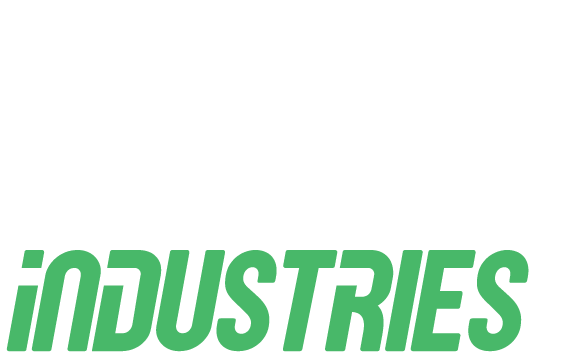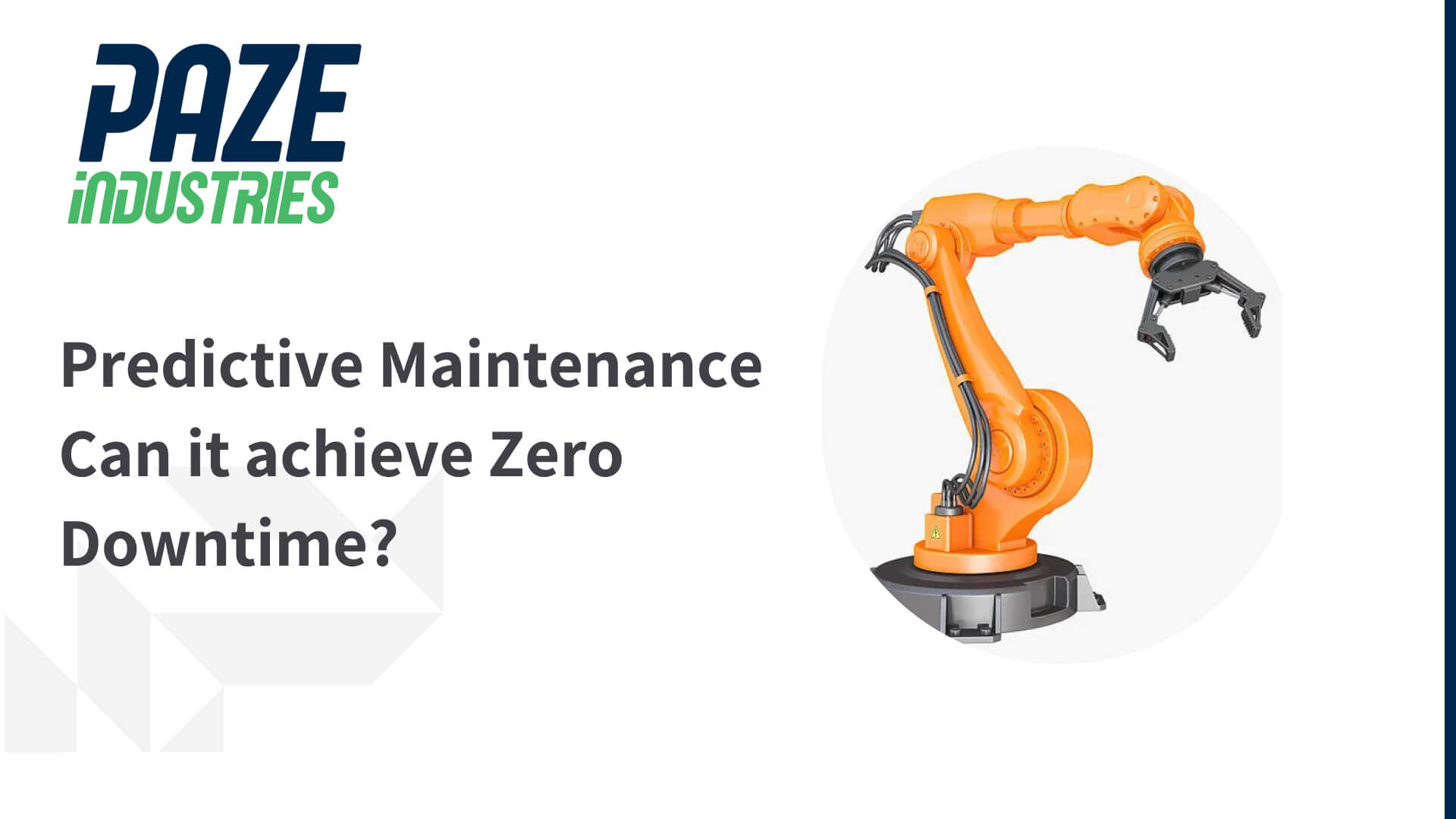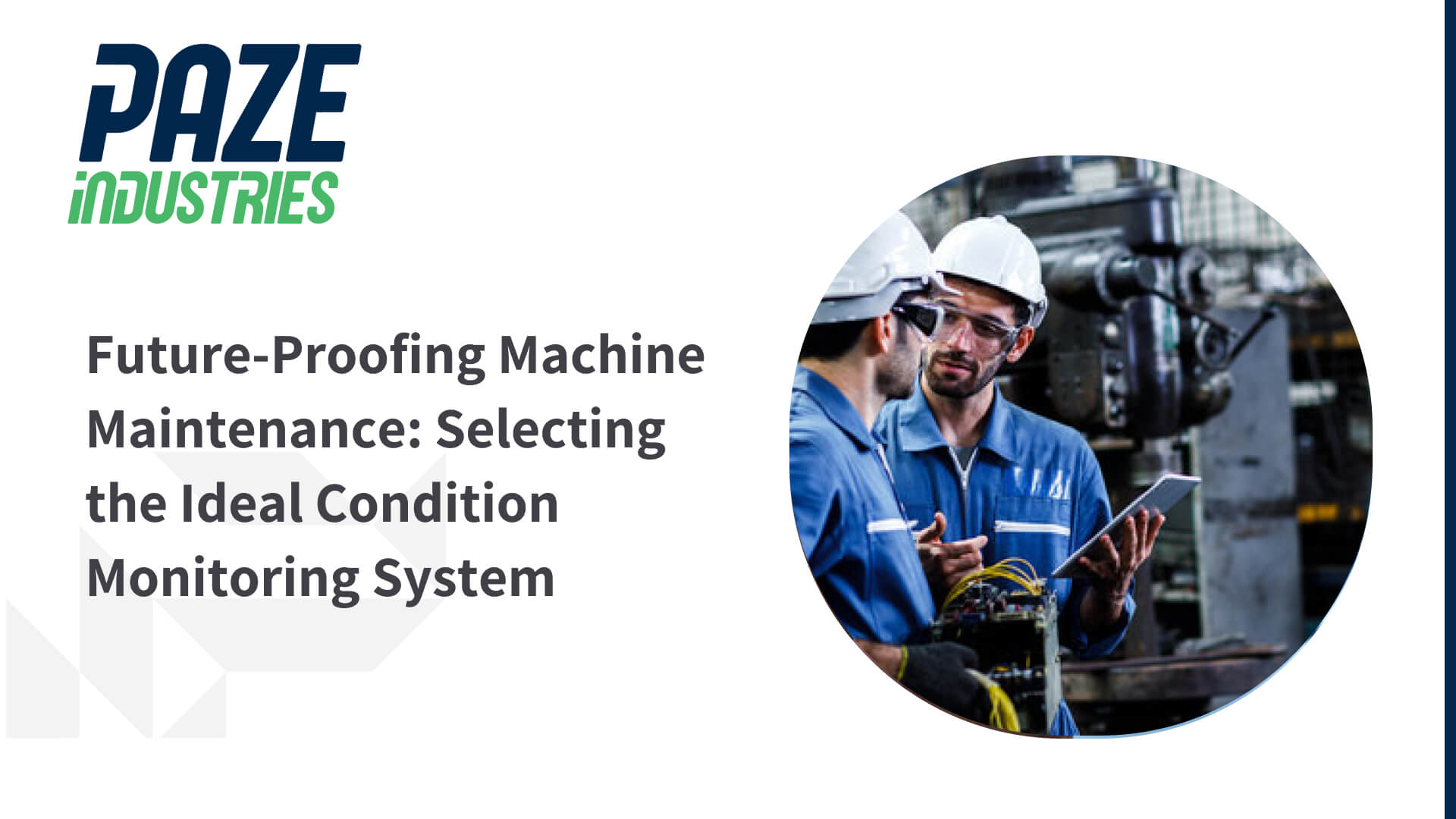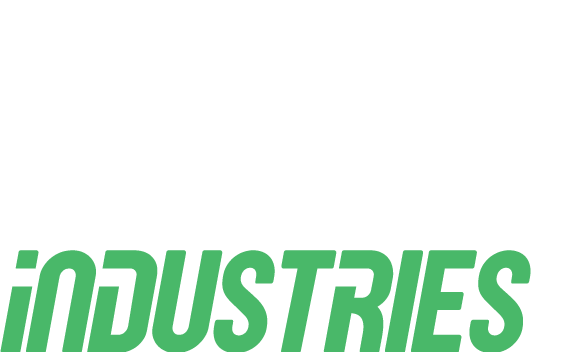Sometimes, similar is very different. Such is the case with Informational Technology (IT) and Operational Technology (OT). Both solutions are built on top of microprocessing power and many layers of software. However, their use cases are much different. Traditionally, they each operated in isolation, but recent technology trends are moving them closer. As a result, manufacturers need a way to close the gap. Here’s how.
Antithetical Designs
Differences between the two approaches start with their origins. IT comes from the computer science field and was built from the ground up to simplify human input and interactions. OT has a mechanical engineering heritage and was created to make machines more efficient.
IT systems are the foundation for enterprise operations. They move information from place to place in support of business processes that run the organization. They work with humans who typically rely on desktops, laptops, and mobile devices to input data. The focus is on making the systems intuitive, so employees work with them easily.
OT systems support manufacturing operations. Here, machines move items along assembly lines and eventually produce goods. They work with different types of equipment, Programmable Logic Controllers (PLC), microcontrollers, Supervisory Control And Data Acquisition (SCADA) systems and Distributed Control System (DCS), These systems only perform what they are programmed to do, so the emphasis is on set functions, such as a robotic arm turning a number of screws.
IT and OT Function Independently
The two markets evolved autonomously, As a result, their infrastructure, operating systems, network protocols, applications, and monitoring tools are not interchangeable. The separation was accepted in the past. At that time, manufacturers divided work up into select tasks and assigned them to departments. Each group completed its piece of the puzzle, usually with little to no interaction among the groups.
This approach had limitations, a major one being how companies managed workflow. Then, they collected information, examined trends, and made changes after manufacturing runs were completed. If a material was late, personnel had limited insight into the problem and were unable to make changes that improved yields.
Those barriers are now being taken down. Both groups are moving to new models where employees have access to real time information. Such a change empowers workers to manage operations proactively rather than reactively. A delay in material shipment impacts not only the factory floor but also the back office. With real time data, changes are made as needed, improving workflow, quality, customer satisfaction, and ultimately revenue.
Building Bridges Among Departments
However, breaking down the walls is challenging. Bridges, both technical and human, need to be constructed.
Industrial Internet of Things (IIoT) sensors provide visibility into machine performance.
Networks have to be linked. Increasingly, IP has become the way that information is transmitted. But a variety of different communications protocols must be integrated in embedded modules, gateways, edge devices, industrial equipment, and business applications.
Companies can use common programming interfaces to connect applications. Suppliers have become much more open and solutions, like low code and no code. Therefore, making such links is easier today than in the past.
Manufacturers need to ensure that all of their data is secure. New solutions are emerging that orchestrate the technology infrastructure’s security and ensure that edge firmware is updated, security keys rotated, and the entire infrastructure constantly monitored for new threats.
An industrial IoT platform serves as the central hub, connecting company data with machine and process data. It enables easy and intuitive access for employees from various departments such as service, maintenance, engineering, purchasing and sales. This seamless integration maximises the value extracted from the data.
Management Challenges Need to be Addressed
Changes are needed in workflow. The process starts by acknowledging the complexity of the IT and the OT infrastructures. In many cases, companies link thousands and even millions of lines of code. Therefore, keeping track of what is happening is challenging.
Suppliers need to educate all stakeholders, managers, technicians, and front line workers, about how the change will impact them. There has to be clear definitions and understanding about the pluses and minuses. The focus should be on how the new model improves their job as well as provides the company with cost savings, higher productivity, better quality, and more satisfied customers.
The process touches upon many areas.
- IT terms are not the same as OT verbiage. A common vocabulary needs to be developed, so both teams understand what thoughts are being conveyed.
- Cross-functional training enables IT and OT professionals to understand each other’s areas of expertise and better understand each other’s perspectives.
- Creating common standards ensures that IT and OT systems have points of convergence.
- Collaboration needs to take place: Regular communication among IT and OT teams builds trust and fosters a healthy manufacturing culture.
- Recognize each other’s strengths and weaknesses. In many cases, companies lack the expertise to shepherd such projects to completion. So, they should look for help from third parties.
- Make needed investments. The changes require clear sponsorship and support from the business leaders. Then, managers establish common Key Performance Indicators (KPIs) and constantly review the progress towards meeting operational objectives with published documentation to all stakeholders.
Turn Information into Action
Rather than a series of autonomous functions, the change creates an interconnected, homogenous entity, one where all of the pieces align rather than splinter. What was once separate islands of digital data becomes cohesive, actionable, real time information. Employees see how materials are moving through the manufacturing process and make changes as needed.
Artificial intelligence algorithms predict when machines are likely to break, opening the door to predictive maintenance, which increases uptime and throughput. Former inefficiencies become new differentiating features.
The IT-OT convergence benefits manufacturers in several ways.
- Improve decision making with real time decision support systems
- Minimize unplanned downtime using predictive maintenance
- Boost employee productivity
- Leverage critical data to streamline operations
- Raise first-pass yield rates
- Enhance workplace safety
IT and OT were raised separately and thrived independently. With manufacturing competition intensifying, they now need to coalesce. The process is complicated because their cornerstones are so different. But by making the change, manufacturers boost productivity, streamline operations, improve production run, and become a stronger, more viable business.



